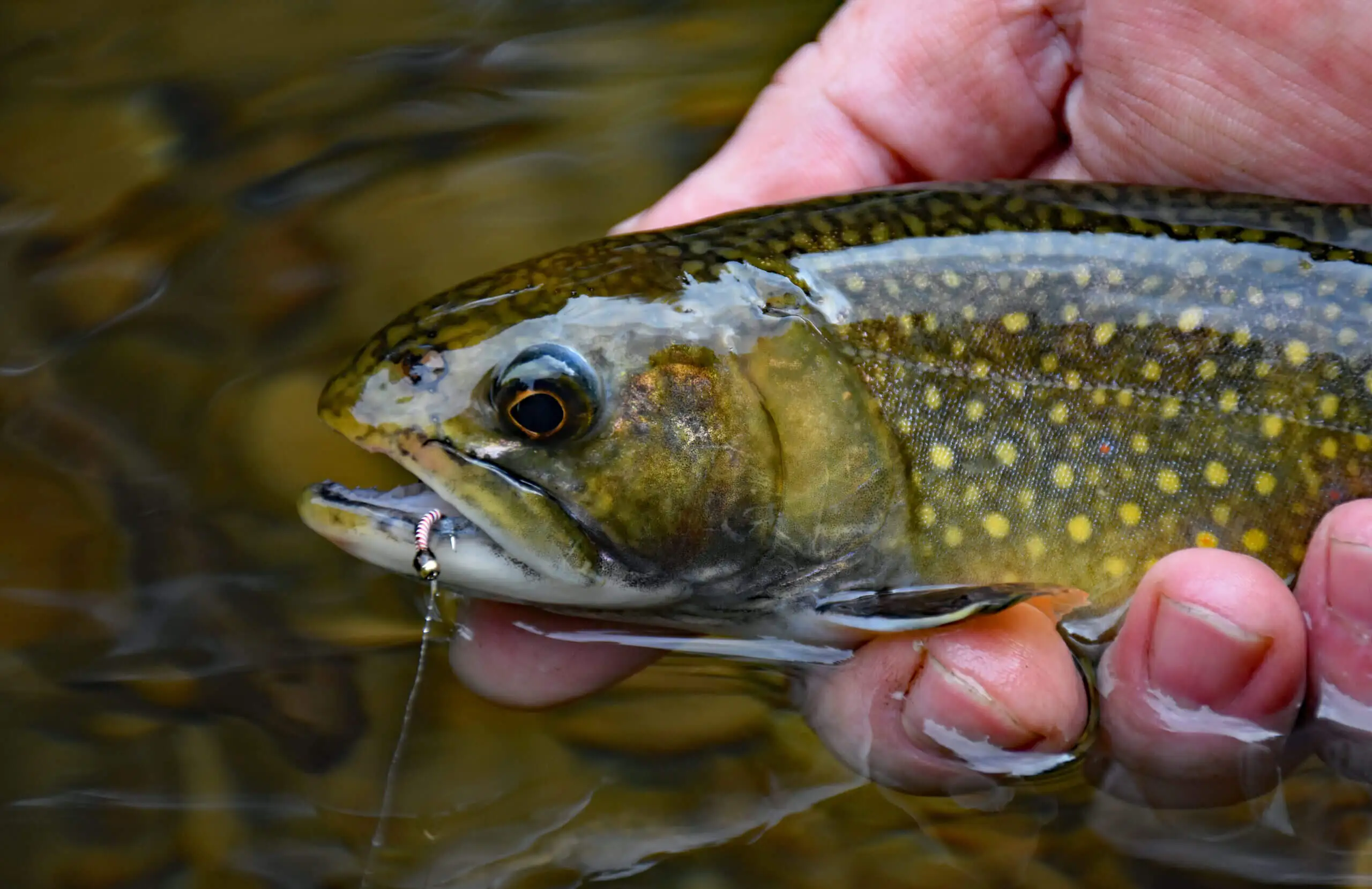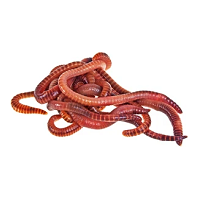Get This Report on Where To Find Red Wigglers
Get This Report on Where To Find Red Wigglers
Blog Article
All About Where To Find Red Wigglers
Table of ContentsAll about Where To Find Red WigglersSee This Report about Where To Find Red WigglersThe 20-Second Trick For Where To Find Red WigglersWhere To Find Red Wigglers - TruthsIndicators on Where To Find Red Wigglers You Need To KnowExcitement About Where To Find Red Wigglers
For best outcomes, you intend to strive regarding 60-70% wetness level. The simplest examination for this is to press a handful as difficult as you can. At the best dampness degrees which is just under 70% that handful should hardly produce one decrease of liquid. pH in a worm container is quite easy to keep.
The Indian Blue is starved, however also prefers a warmer climate and it additionally shows a propensity to get away the bin. The red wiggler is a hardy worm and isn't as picky concerning its environment. I like to call it the Ford Taurus of vermicomposting worms; you won't boast to your hardcore composting friends that you have them, yet they will certainly serve you well.
Like any kind of various other bait, a worm's effectiveness has actually involved depend on its discussion. H.G. "Tap" Tapply highlighted this factor almost a half century earlier in one of his Area & Stream columns. "A worm is such a shapeless creature," he created, "there doesn't appear to be significantly an angler can do with it except jab it on a hook and toss it right into the water." As Tap demonstrated, a fishermen can do an excellent deal to make a worm a lot more enticing.
The Main Principles Of Where To Find Red Wigglers
I think you will too if you try them. The smaller the trout stream, the better worms job is an axiom that hasn't transformed in the 100-plus years since Perry wrote his short article. Anglers of his era simply stuck their rickety fishing pole through alder tangles and went down a heavy worm right into a deep opening.
Early morning is prime feeding time, and the insubstantial bait's slow descent leaves 5 inches of squirming protein completely sight for a long time. After you have actually made the cast, keep the bond open and placed the pole in a forked stick. The line will certainly drop off the rod in sluggish loopholes as the worm clears up, however usually the slow loops will end up being a blur, and the early morning will suddenly get instead interesting.
You can fish deep and cover a great deal of area, and the crawler seems to be the perfect touch for this transitional time, when the smallmouths have yet to lock on to a recommended forage. Dark jigsblack, brown, and purpleseem to match the nightcrawler's color. I usually make use of a whole 'crawler, favor marabou dressing, and drop the pole for two or 3 secs when I get a hit.
If it's there, set the hook with a move rather than a jerk. When in a while you'll find on your own hooked to those slow, hearty yanks, and feel the weight of a wonderful walleye.
The smart Trick of Where To Find Red Wigglers That Nobody is Talking About
When the heavy walleyes carry on to the big-water shoals in the late summer season, try going after them with a bucktail jig and a 1-inch pinch of nightcrawler. The lure covers the hook point, deflects weeds, and provides a preference of target. With nothing dangling or flapping, it stays protected no matter current, casts, or ambitious panfish.
Whether you're wading or fishing from a watercraft, wandering worms is one of the fantastic browsing approaches for larger rivers. For trout, a spade-dug, 4-inch yard worm is the right size; for bass, walleyes, and steelhead, a nightcrawler may be a far better choice. The key is to drift the bait through feeding and holding areas since fish in present are not mosting likely to ferret out the lure, as they might in still water.
Strikes will come as a sharp tug rather than a pull or rap. Fish the transitions: mouths of tributaries, bank-side slicks, and the edges of large swimming pools. As the late Ed Zern, Area & Stream's excellent satirist, when put it: Anglers are born honest yet they obtain over it. His motto puts on any type of number of angling maneuvers, consisting of the issue of including a piece of worm to a wet fly.

The smart Trick of Where To Find Red Wigglers That Nobody is Talking About
Load it with shredded paper, leaves, peat moss, and dirt. check Moisten gently. Cover and let rest for a week. Add a few hundred worms and feed them 2 times a week. Keep the bed linen wet but not wet. On the food selection: lettuce, fruit and vegetable waste, and the periodic nongreasy leftover.
Similar to veggie scraps, you can take your made use of coffee grounds and include them to a worm box. Worms love eating coffee premises. With the right conditions and damp, healthy and balanced dirt, worms can stay in a bucket of dirt for around three weeks. Shop out of direct sunshine and maintain a temperature level in between 50 and 80 degrees.
When the hefty walleyes relocate on to the big-water shoals in the late summer, try going after them with a bucktail jig and a 1-inch pinch of nightcrawler. The bait covers the hook point, deflects weeds, and uses a preference of target. With absolutely nothing dangling or waving, it continues to be protected despite present, casts, or enthusiastic panfish.
The Best Strategy To Use For Where To Find Red Wigglers
Whether you're wading or angling from a boat, drifting worms is one of the excellent browsing techniques for bigger rivers. Where To Find Red Wigglers. For trout, a Discover More Here spade-dug, 4-inch garden worm is the right size; for bass, walleyes, and steelhead, a nightcrawler may be a better choice. The trick is to wander the bait through feeding and holding areas due to the fact that fish in current are not going to chase down the bait, as they might in still water
Fish the transitions: mouths of tributaries, bank-side slicks, and the sides of see this site big swimming pools. His motto applies to any kind of number of angling maneuvers, consisting of the matter of including an item of worm to a wet fly.
Yet increasing your own lure indicates you can slip out of the house and hit the fish pond before Mom comes homejust like in the old days. Below's exactly how to maintain a worm box: Cut a sheet of CDX-grade plywood, which is made with water-resistant adhesives, to your dimensions. Toenail it with each other and drill a loads 12-inch holes in the base for water drainage.
The Ultimate Guide To Where To Find Red Wigglers
Include a few hundred worms and feed them two times a week. Maintain the bed linens moist but not wet. On the food selection: lettuce, fruit and vegetable waste, and the periodic nongreasy surplus (Where To Find Red Wigglers).
Much like veggie scraps, you can take your used coffee grounds and add them to a worm box. Worms love eating coffee premises. With the ideal problems and damp, healthy and balanced dirt, worms can reside in a container of dirt for around three weeks. Store out of direct sunlight and keep at a temperature between 50 and 80 degrees.
Report this page